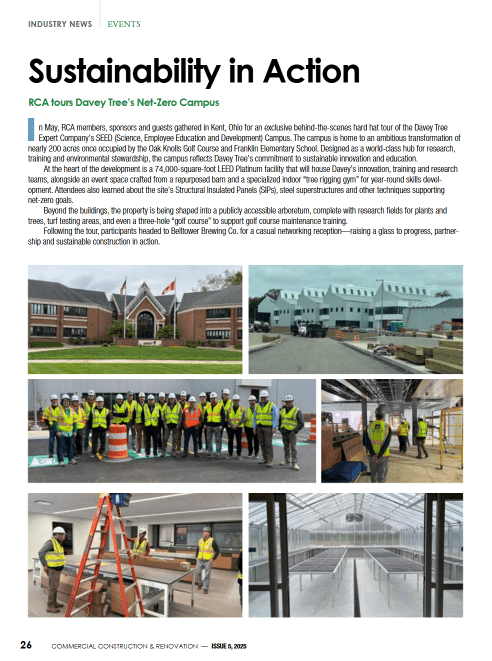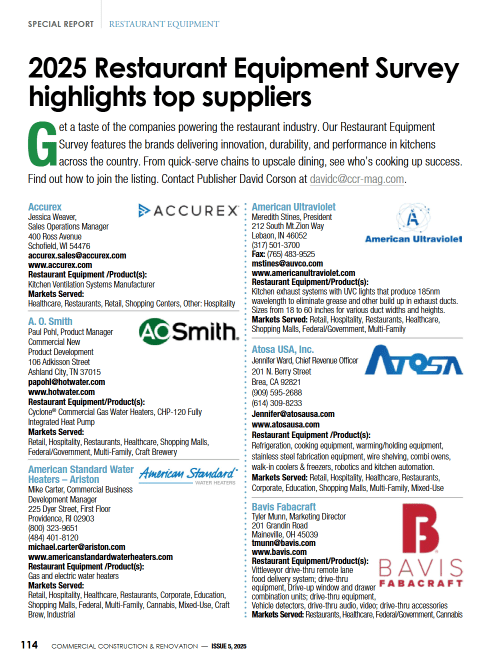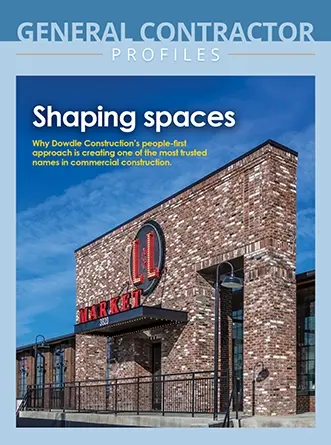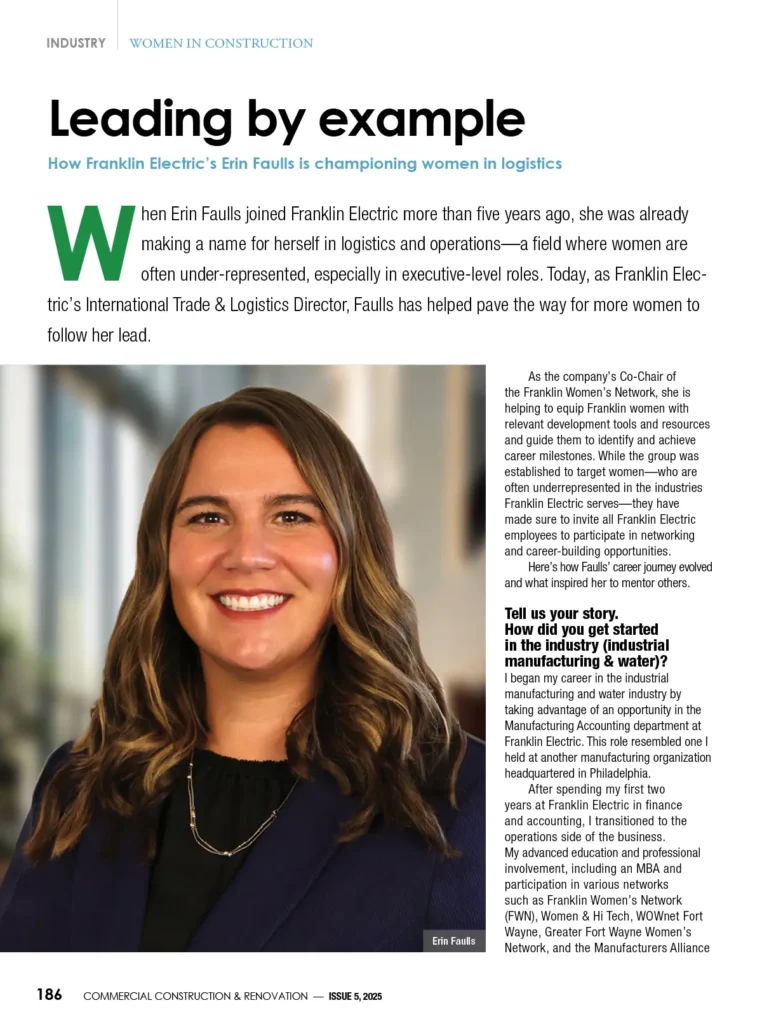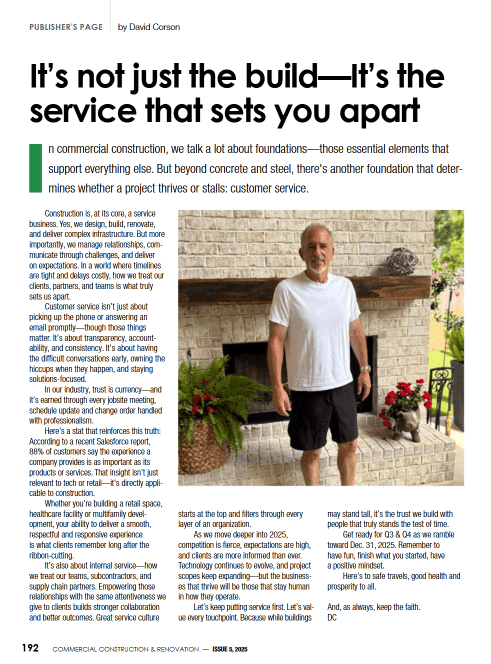Building a home is one of the most exciting things you can do in life.
The thought of creating a residence that fits your lifestyle, is uniquely yours and can accommodate your future family growth plans, is a rather special proposition.
But it is not something that will happen overnight.
From the moment you decide to build your dream home to the time you are officially given the keys to move in, months and even years can pass.
To say it is a long and involved process is a bit of an understatement. But it involves procuring financing, sourcing a reputable builder, drawing up plans with the builder or an architect and of course having it built.
In this article, we are going to assume you have done all of the lead-in work and just focus on the construction process.
Hopefully, by the end of it, you will have a good understanding of the typical stages of building a house.
A Note About Finance
For most people, they will need to secure finance in order to proceed with the house build.
When attempting to do this, there are several different types of loan options available. However, in the majority of cases, a construction loan is most likely to be approved.
This application process can be quite involved, and Homestar Finance’s construction loan overview provides more information about what it entails.
Overall, finance will only be approved once the bank or financial lending institution has conducted a thorough review. This will involve evaluating the design blueprints, the builder and the payment schedule put forward by them.
7 Stages of Construction
When it comes to building your home, there are generally perceived to be seven stages of construction.
These can be categorized by the following set of milestones, which have become a semi-formal style of industry standard.
- Site clearing and prep
During this stage, your block of land will be readied for building.
Any trees, existing structures and rubbish will be cleared, and if one has not been conducted already, a geotechnical inspection will take place.
The purpose of this inspection would be to shape the land in preparation for the foundational work to begin. Some of the work involved at this stage includes stabilising the land and redirecting any natural course of water.
Different types of land will present a different series of challenges. This might include heavy vegetation, big slopes and unsuitable terrain.
Generally, if you are building on a subdivision, the prep work would be minimal. But if you are wanting your home to be elsewhere, it may take a significant amount of time and money to prepare it.
- Putting the slab down
After the site has been cleared, it is ready to have a slab put down on it.
Depending on the type of home you are having built, this might not appear to be a major moment.
For instance, if a pier home is being constructed, then all there is to see would be some fairly non-descript footings. This is because the piers will not be installed until the footings have had a chance to have completely cured.
With slab-based designs, however, you should see a concrete base put down. This happens when footings are created, and slabs get poured down.
Once this has been done, there will be a delay of between a week and a month. This is to ensure it has cured sufficiently enough to be able to support the weight of the frames that will go onto it. As well as that of the construction crew.
At this stage, some services like electrical and plumbing may also be concealed within the slab.
Generally, the work involved will require you to pay around 10 to 15% of the overall construction cost to the builder.
- Framing
Once you get to the framing stage, you will also be expected to pay about 15% of the total construction cost.
Assuming the weather doesn’t play havoc here, you should see some quick results. All the exterior and interior frames will be put up relatively quickly and hordes of workers including electricians and plumbers will work on the site. Cables, pipes and conduits will be laid, and your home will really start to take shape.
If it does rain, then it can lead to frustrating delays, as without a roof, not much can be done. That said, once the frames are ready and the roof frames put on, there will always be a quick push towards cladding it as quickly as possible.
With the roof on, it represents a significant moment in the building process. Work can now go on irrespective of the weather conditions outside.
After this has happened, windows, doors and other exterior coverings are also put in place. If the secreted electrical and plumbing have been done, plasterers can also commence sheeting the walls in preparation for the painters
- Lock Up
The lock up stage is another important milestone in the build. It means the structure is now fully weather-protected.
With the roof on and the walls plastered, structural integrity has been achieved. Subsequently, it can be secured with the introduction of locks.
At this time, you can expect to have to pay about 35% of your overall construction costs. But with the property now being able to be safely locked up, most of the interior fix work may begin.
- Fix
When the fix stage is in progress, your home will transform from a featureless shell into a living area that is functional and operational.
The likes of electricians, plumbers, and those known in the trade as ‘finishing carpenters’ will complete their tasks.
The bathrooms will also have been waterproofed and tiled with ceramics. While throughout the home, things like wardrobes, skirting boards, architraves, reveals and shelves will also be put in and installed.
You will probably have to fork out about a quarter of your overall budget to the builder at this time. However, your home will be virtually liveable
- Final build
The penultimate stage is the final build, and this is when many of the finishing touches are applied.
Painters, tilers and carpet layers will all be doing their thing. While plumbers and electricians will put in appliances such as hot water systems, air conditioners and ovens, as well as tap hardware.
General lighting, switches and power points will also be installed. Any remaining floor coverings will be laid too.
During this time, major decorative features and statement lighting pieces like chandeliers will also be put in. A major, deep clean-up will also occur.
Often done by professional cleaners, this is necessary to prepare the home for presentation.
You can expect to pay about 10% of the construction costs at this time.
- Final inspection and handover
The last stage is the final inspection. This is when you will have a practical completion inspection with the builder.
As excited as you will be, it is important to keep a handle on your emotions here and go through every room with a calm and meticulous eye.
Be sure to check all fixtures and fittings and look for any chips or dints. Also collate a list of all minor repairs – if any – that need to be done and make sure the builder is aware of it.
But assuming everything is to your satisfaction, the house will be ready to sign off, and the keys will be officially given to you!
Final Thought
Having read this article, we hope you have a greater understanding of the typical stages of building a house.
At the end of the day, if you build your own home, the chances are it will be your forever home.
Now that you know the process a little better, is it something you think you are ready to do?
























